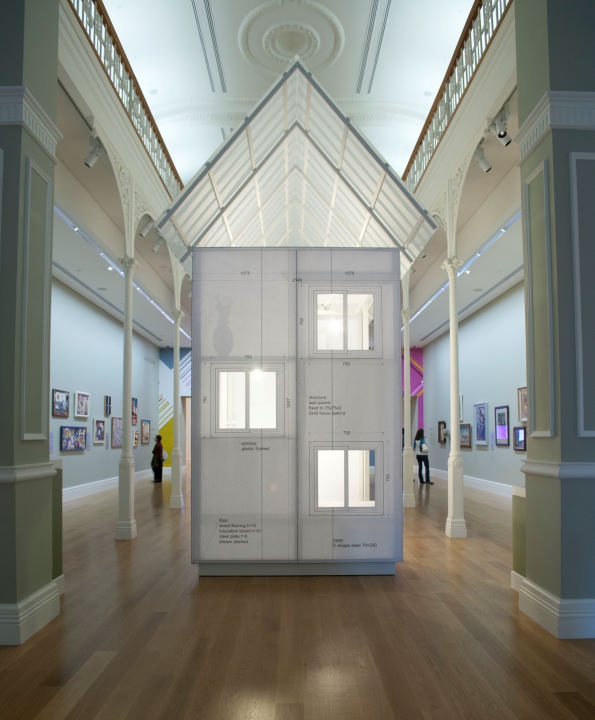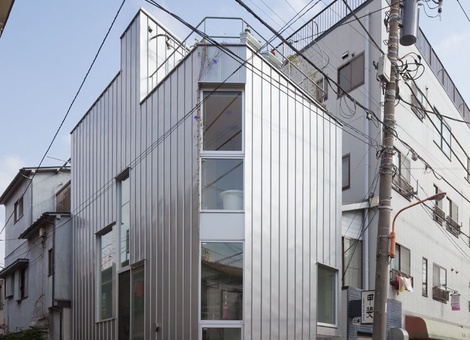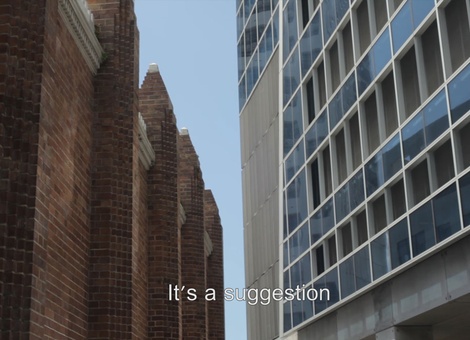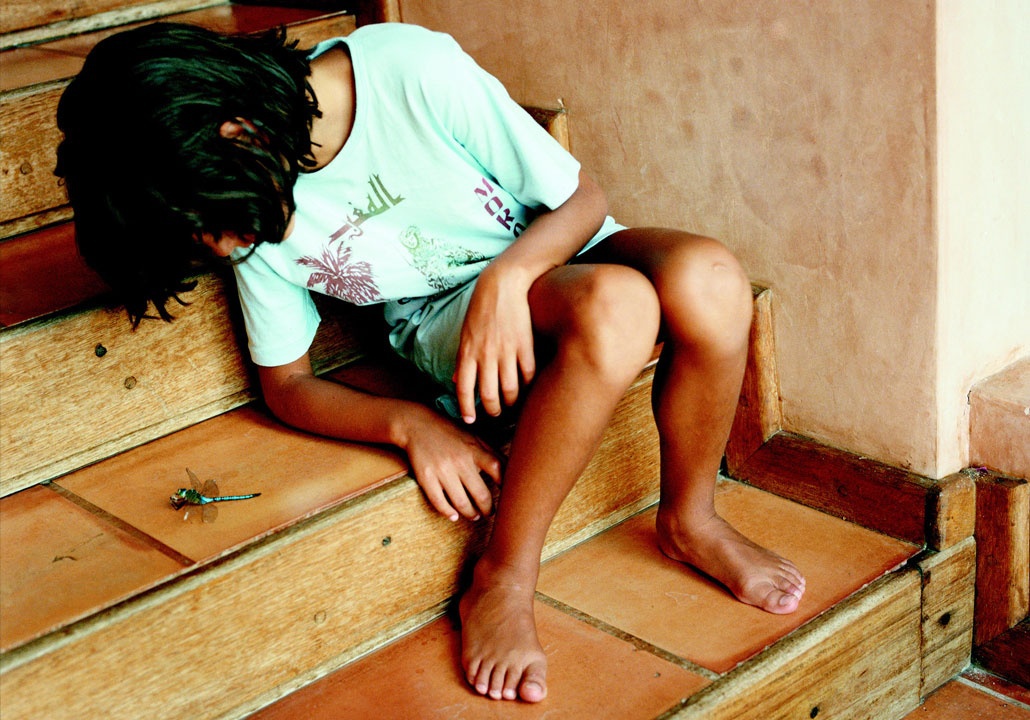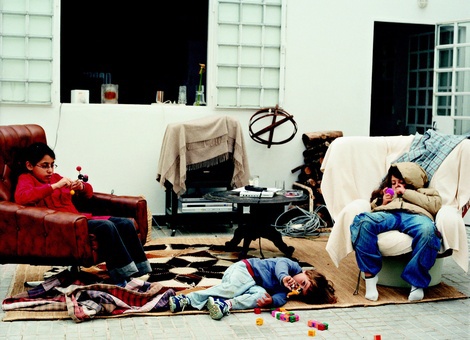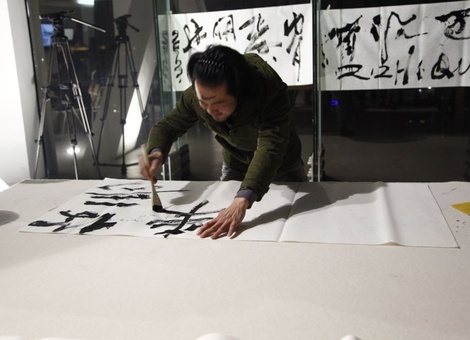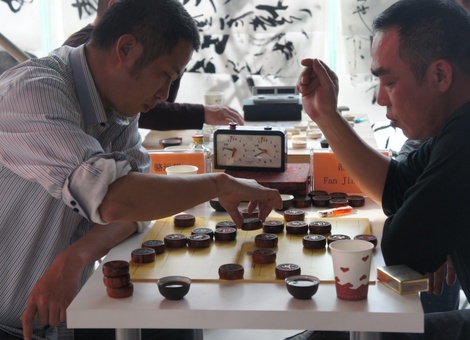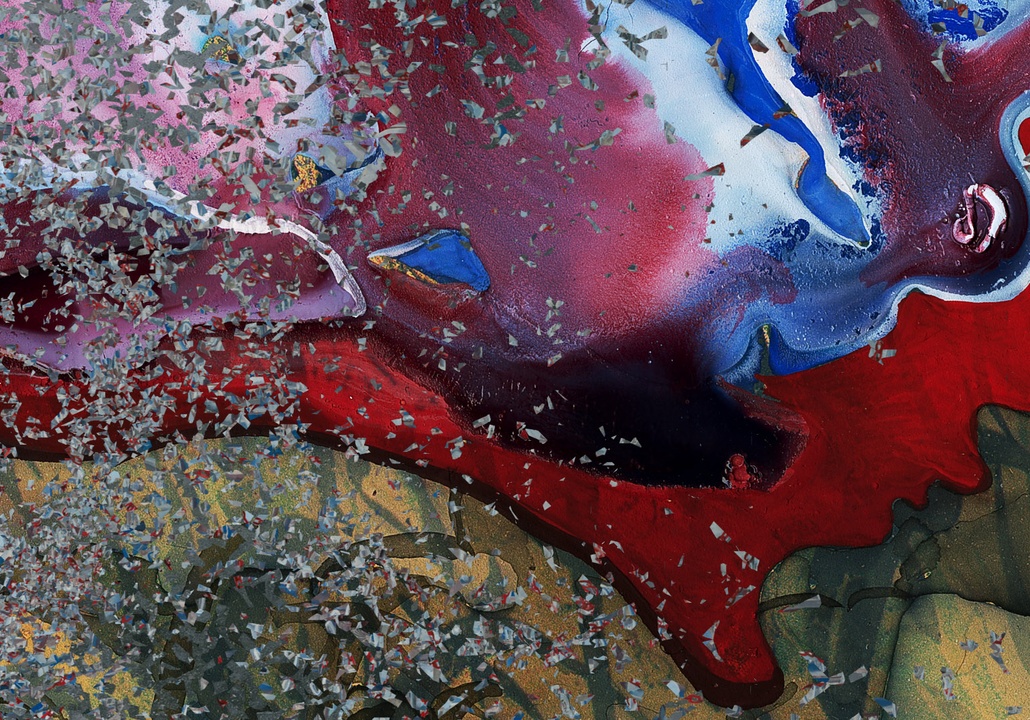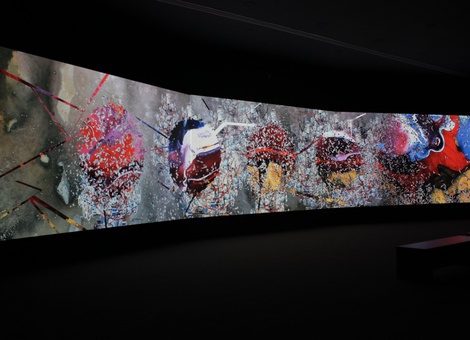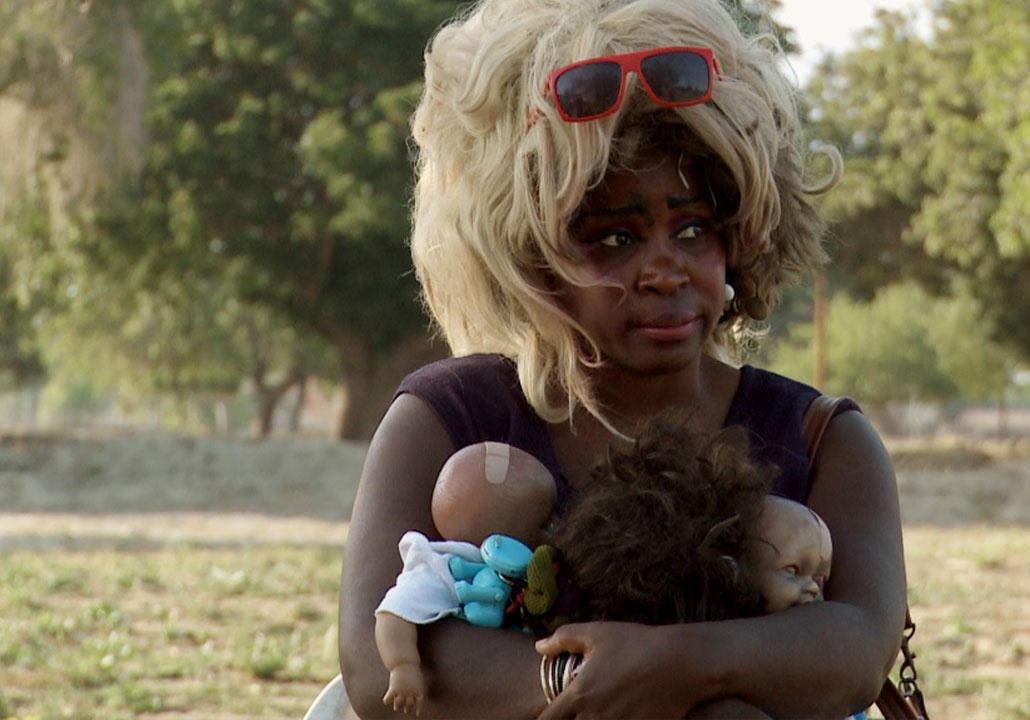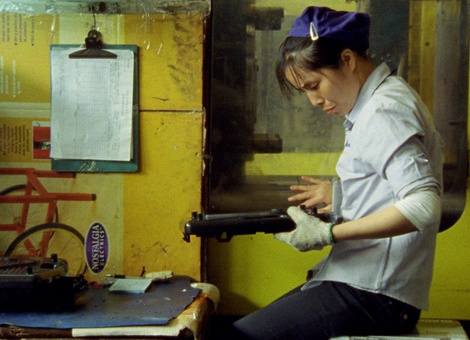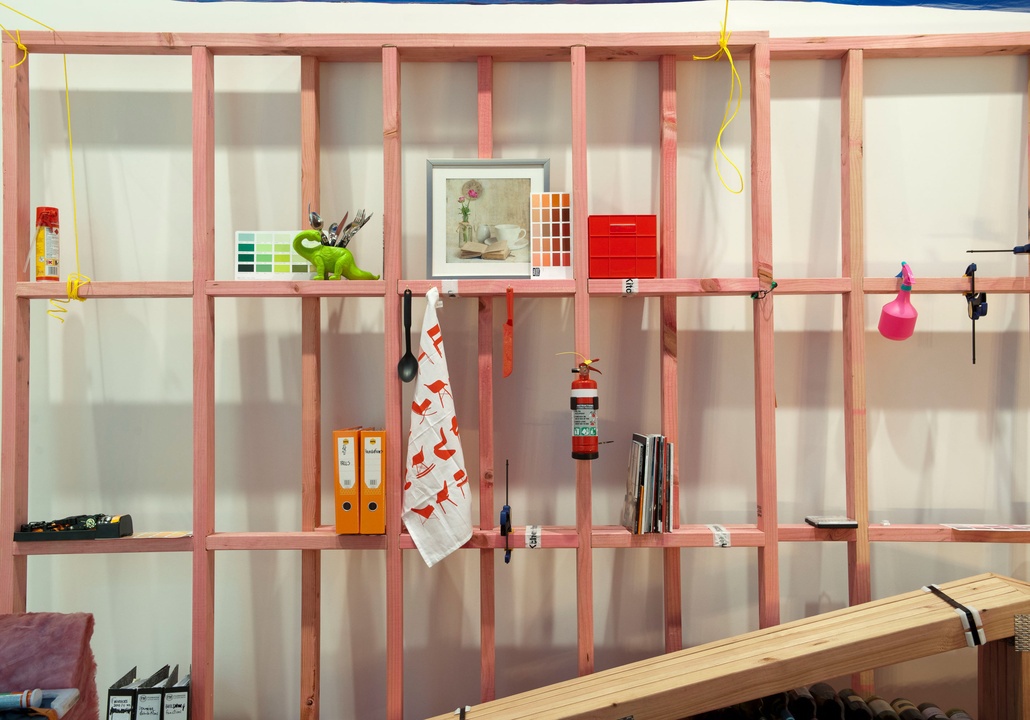Zhou Tao
Venue
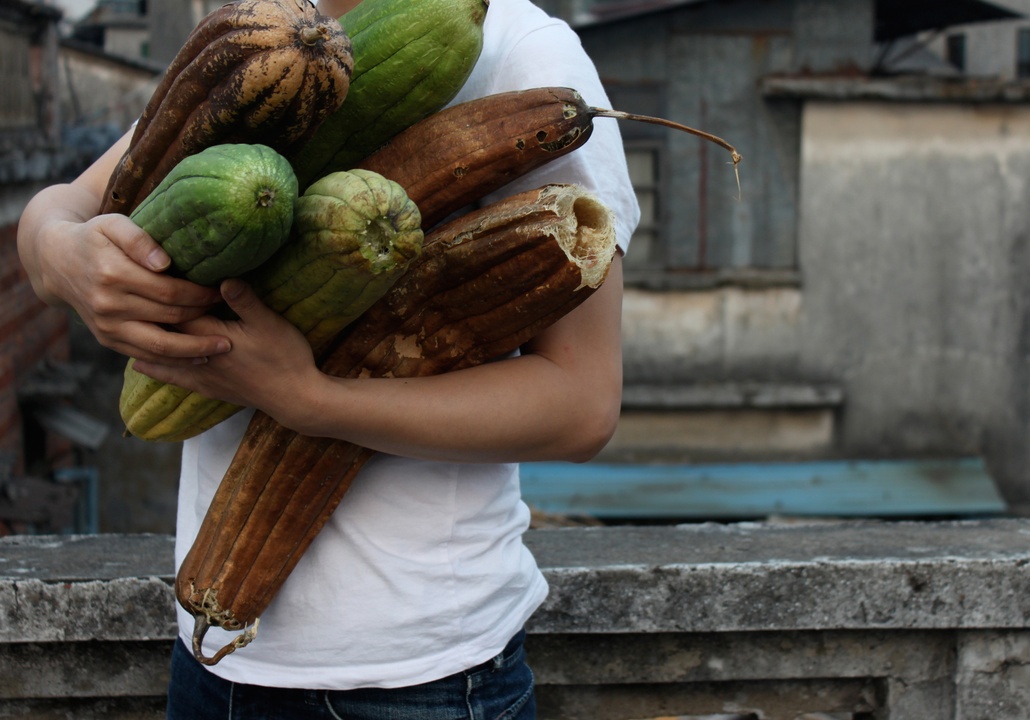
Nanshi Tou (South Stone), 2011
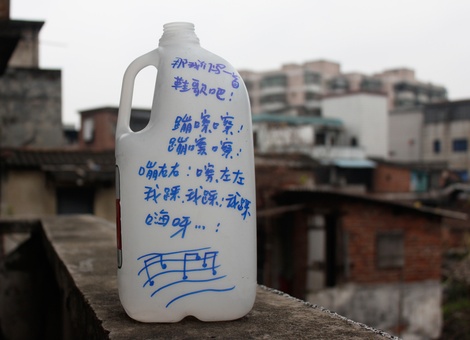
Nanshi Tou (South Stone), 2011
Born 1976, Changsha, China
Lives and works in Guangzhou, China
Zhou Tao’s work reflects on the activities and elements of everyday life. His subtle and humorous videos record interactions between people, things, and situations – touching on questions about the multiple trajectories of reality. In the performance piece Time, 2010 in New York Zhou attached a ball of string to his body as means of recording his movements throughout the day. For Zhou, the decision to use video was not a deliberate choice of artistic language or medium; instead, the operation of the camera is a way of being that blends itself with everyday life.
http://listart.mit.edu/node/509
Selected exhibitions (solo):
Zhou Tao: The Training, Kadist Art Foundation, Paris, 2013; Open Studio: Seek for Geothermal Heat, Times Museum, Guangzhou, 2012; The Man Who Plants Scenarios, Queens Nails Projects, San Francisco, 2011; Zhou Tao, Location One, New York, 2010; 1234–, MIT List Visual Arts Center, Cambridge, MA, 2009. Selected exhibitions and screenings (group): 6th Curitiba Biennial, 2011; Non-Aligned, Marina Abramovic Institute West, San Francisco, 2010; 7th Shanghai Biennale, 2008; China Power Station Part II, Astrup Fearnley Museum of Modern Art, Oslo, 2007; Accumulation-Canton Express Next Stop, Tang
‘... Zhou Tao’s practice alchemises ordinary surroundings into a theatre...’
Xiaoyu Weng, curator and writer, San Francisco
Nanshi Tou (South Stone)
2011
Auckland Art Gallerysingle-channel HD video, 36 inkjet prints
25:22min, 279.4 mm x 215.9 mm (each)
courtesy of artist and Kadist Art Foundation


